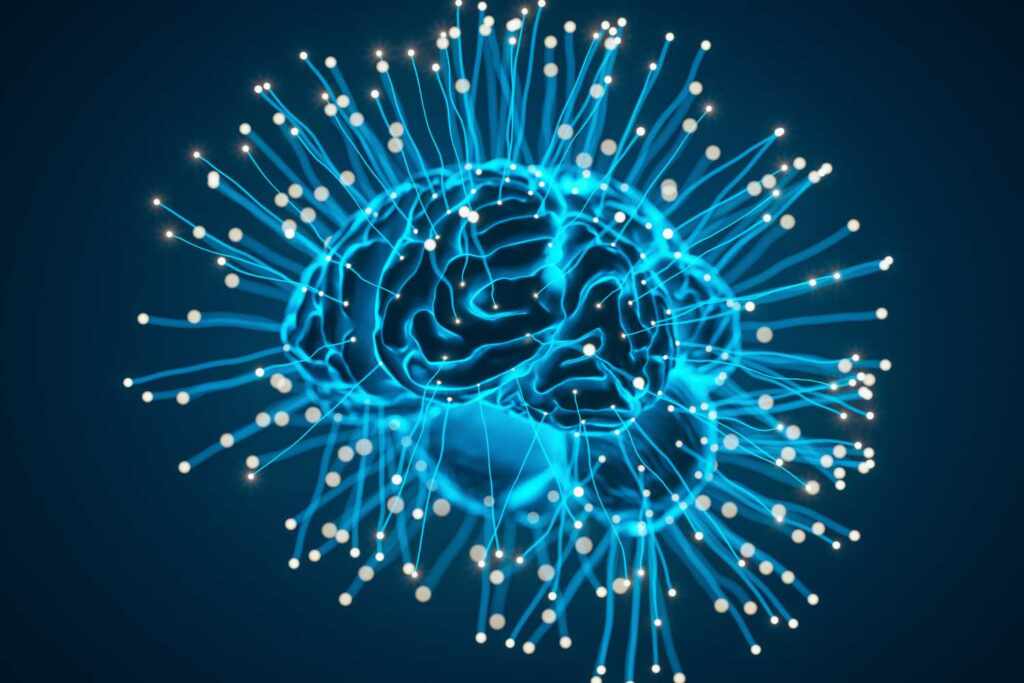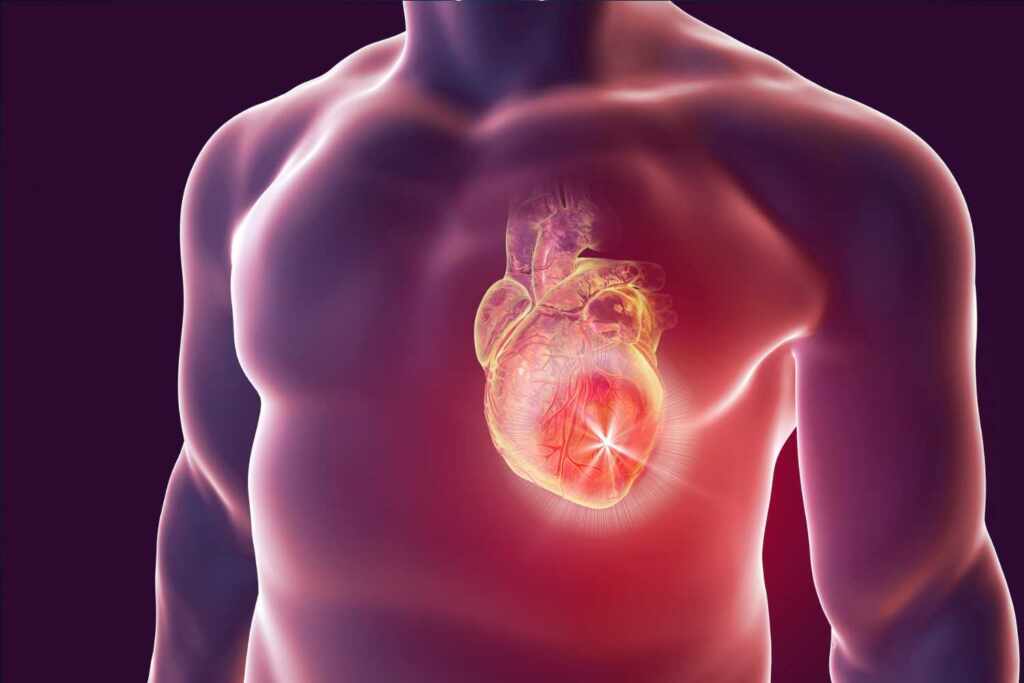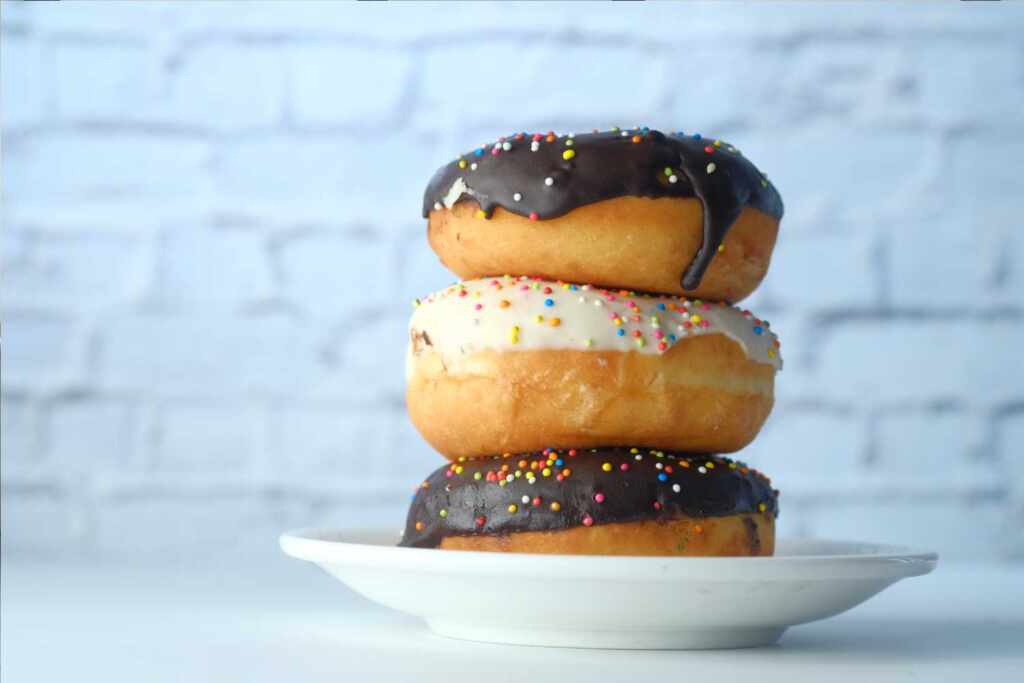Is sugar the invisible enemy? Discover the effects that excessive sugar consumption has on your body and how to avoid them.

A small packet in your coffee, a teaspoon in your yogurt, a cookie that triggers the infamous “just one more” effect. Then there’s the snack “just for today,” the soda “just this once,” the tiny ice cream that “barely counts.”
But how much sugar do we really consume each day without realizing it? And more importantly, what happens to our body when we unknowingly go over the limit?
The answer is both simple and complex: we love sugar. It comforts us, and it’s practically everywhere. The real issue? It behaves like a silent saboteur, sneaking into our most delicate biological systems—and the long-term health consequences are serious.
The sweet deception: sugar and the brain

Our brain literally loves sugar. The moment we consume it, the reward system lights up: dopamine floods in, bringing immediate pleasure.
It’s an ancient survival mechanism, one that today works against us. Sugar is no longer rare or essential for energy—it’s ubiquitous.
Scientific studies show that regular sugar intake alters the brain’s pleasure and behavior circuits. The result? We crave more of it, often unconsciously.
This isn’t about willpower—it’s a kind of dependency. And it doesn’t stop at the brain—it hits the body, too.
The domino effect on your body

Think of your body like a finely tuned machine. Now imagine pouring thick, sticky syrup into every moving part. Eventually, something’s going to break.
That’s what excess sugar does to your system. Take the pancreas: it must produce large amounts of insulin to manage sugar spikes. Occasionally, the body can handle it. But over time, this constant strain leads to chronic inflammation, insulin resistance, and eventually type 2 diabetes.
And let’s not forget the liver—our body’s processing plant. Excess sugar, especially fructose (commonly found in processed foods), gets converted into fat. Some of it shows up visibly around the belly or hips, but much of it accumulates inside the liver itself.
Over time, this can lead to nonalcoholic fatty liver disease (NAFLD), now increasingly common—even in teens.
Heart on the line: sugar and cardiovascular disease

And what about your heart? It pays a steep price for your sweet tooth.
A recent study showed a direct link between regular consumption of sugary drinks and increased cardiovascular risk in middle-aged adults.
We’re not talking about a mild cold—this is about heart attacks, strokes, high blood pressure. The research analyzed a massive international dataset, adjusting for age, era, and generational habits.
The outcome was crystal clear: people who frequently drink sugary beverages are far more likely to experience major cardiovascular events than those who avoid them.
And no, hitting the gym or occasionally eating a salad isn’t enough to offset the damage if sugar is a regular part of your diet.
Bloated belly, low energy, and… acne

Now let’s get back to everyday annoyances: that mid-afternoon fatigue, the unexplained bad mood, dull skin, or adult acne you thought was long gone.
These, too, are signals from your body—often ignored. Sugar disrupts the gut microbiota, throwing off the balance between good and bad bacteria. The result? Bloating, sluggish digestion, and constant fatigue.
Even acne can flare up, fueled by systemic inflammation and insulin-triggered hormonal imbalances.
The empty calorie paradox

Yes, sugar gives you energy—but it’s short-lived. It creates a spike, followed by a crash.
Think of it like lighting a match to warm a room. It burns quickly, then leaves you colder than before.
Worse, sugar takes up space in your diet that should go to actual nutrients.
It doesn’t satisfy your hunger. You eat, but you’re still hungry. That’s the paradox of empty calories: lots of energy, zero value. No fiber, no vitamins, no minerals—just a quick fix.
So should we cut it all out?
No one’s asking you to become a sugar-free monk. You don’t need to swear off every treat. But awareness? That’s non-negotiable.
Read labels. Know that sugar hides behind dozens of names—glucose syrup, dextrose, sucrose, and so on.
Understand that sweetness doesn’t always equal pleasure.
The trick? Retrain your palate. Get used to milder flavors. Discover that a ripe apple can be surprisingly sweet, and that real dark chocolate can be a guilt-free indulgence.
Your body will thank you—you’ll feel it.
Sugar isn’t the devil. But it can become one—if you give it control.
Every teaspoon counts. Every food choice is a message to your body: treat it well, and it will return the favor.
So next time you’re reaching for something sweet, pause for a second.
Ask yourself: Am I really hungry, or is this just habit?
That one question might change more than you think.
